Gold World News Flash |
- Silver Update 8/31/12 Gekko vs The Ghost
- Is Central Bank Buying Just a Driving Force Behind Gold or Much More?! – Part I
- Hedge Fund Silver Shorts getting Squeezed Out
- Gold and Silver Disaggregated COT Report (DCOT) for August 31
- Charting China's 'Monetary Policy' Impotence
- Today's Mad 'Manipulated' World Of Markets; Or "How To Fit 2 Seconds Of Trading Into 1 Millisecond!"
- In The News Today
- The Aerographite Dollar
- EPIC – WTF!!!??? Gold Huh??? In An Heartbeat Gold Shot Up Like A Rocket!!! – So, What Actually Happened Today? : Youri Carma
- Guest Post: Your Window to Buy Gold Below $1,700 Is Closing
- Both the Silver and Gold Price Cleared their Downtrend Lines from 2011 Gold Up $31.10 Higher Prices Next Week
- Your Window to Buy Gold Below $1,700 Is Closing
- MY DOCTOR'S AN IDIOT
- Gold Daily and Silver Weekly Charts - How Sweet It Is
- Auditing Rand Paul: Prime-Time Bootlicker at RNC
- Art Cashin - The Most Disastrous Economic Event In US History
- Gold and Silver: Breakout Time, Not Bubble Time
- Silver Breaks its Downtrend
- Gold-Stock ETF Rising
- Why Gold Doesn't Need the Fed
- Quanticipation in the Gold Price
- Gold Seeker Weekly Wrap-Up: Gold and Silver Gain Over 1% and 3% on the Week
- Gold Soars To Near Six Month High As Silver Overtakes Stocks In 2012
- The Action In The Metals Today
- Too Much of a Good Thing, Part III
- Silver Vigilantism Rules
- Investor Window to Buy Gold Below $1,700 Is Closing
- Gold Stocks GDX ETF Rising
- COT Gold, Silver and US Dollar Index Report - August 31, 2012
| Silver Update 8/31/12 Gekko vs The Ghost Posted: 01 Sep 2012 12:08 AM PDT |
| Is Central Bank Buying Just a Driving Force Behind Gold or Much More?! – Part I Posted: 31 Aug 2012 09:46 PM PDT by Julian D. W. Phillips, Gold Seek:
Since 2009 we have seen the signatory central banks of the Central Bank Gold Agreement cease selling their gold. We've stated many times in the past that the entire exercise of selling gold by these European central banks was to support the birth and establishment of the euro. They felt this was achieved by 2009, 10 years after the launch of the euro. In the same year we saw the arrival of emerging nation's central banks into the gold market as buyers. Since then, they've set a pattern of buying gold that continues as a driving force behind the gold price even today. In this article, we look at these events and other monetary developments in the gold market to see what to expect in the days and months ahead. Which Central Banks are Buying Gold and Why? |
| Hedge Fund Silver Shorts getting Squeezed Out Posted: 31 Aug 2012 09:02 PM PDT [url]http://www.traderdannorcini.blogspot.com/[/url] [url]http://www.fortwealth.com/[/url] Take a look at the following charts of the positions of the hedge fund community in the silver market and notice what has happened to them as a result of the break of overhead resistance levels on the technical price charts. Shorts are being forced out as fresh longs invade the market. You should also note that this data does not include today's HUGE move higher which no doubt caught a large number of fresh top pickers off guard. ... |
| Gold and Silver Disaggregated COT Report (DCOT) for August 31 Posted: 31 Aug 2012 09:01 PM PDT HOUSTON -- This week's Commodity Futures Trading Commission (CFTC) disaggregated commitments of traders (DCOT) report was released at 15:30 ET Friday. Our recap of the changes in weekly positioning by the disaggregated trader classes, as compiled by the CFTC, is just below. In the DCOT table above a net short position shows as a negative figure in red. A net long position shows in black. In the Change column, a negative number indicates either an increase to an existing net short position or a reduction of a net long position. A black figure in the Change column indicates an increase to an existing long position or a reduction of an existing net short position. The way to think of it is that black figures in the Change column are traders getting "longer" and red figures are traders getting less long or shorter. All of the trader's positions are calculated net of spreading contracts as of the Tuesday disaggregated COT report. Vultures, (Got Gold Report Subscribers) please note that updates to our linked technical charts, including our comments about the COT reports and the week's technical changes, should be completed by sometime on Labor Day Monday. That is all for now. |
| Charting China's 'Monetary Policy' Impotence Posted: 31 Aug 2012 07:53 PM PDT Iron Ore inventories to the roof; steel production still ramping; food and energy prices soaring; economy deteriorating rapidly. So why no major stimulus from the PBoC? Too busy in-fighting or perhaps waiting on The Fed or The ECB to rescue us all; we suspect neither of the above. This chart, via Goldman Sachs, indicates the relative looseness of financial conditions (easing / tightening) compared to China's current activity. These two proprietary indicators provide a 'cleaner' view of the various aspects of China's monetary/fiscal policies (from fiscal stimulus to RRR hikes or reverse repos) and its 'real' level of economic growth (unbiased by political need). As is extremely evident, since the initial collapse and huge stimulus in 2008/09, the PBoC has become less and less capable of generating any additional economic activity. Whether this is due to the same shadow-banking effect Europe and the US suffer from in their transmission channels; or more simply that the Chinese may have also hit their bubble-created balance-sheet-recession debt-minimization limit (no matter how mandated from the top-down that spending is). Goldman Sachs' China Financial Conditions Index vs. China Current Activity Index...
One lesson seems clear - as the impact of easing was also failing into the crash of 08/09 - for China, it's go big or go home as nuanced management of liquidity is just not cutting it (and never did); and we remind readers that 'going big' is very unlikely given the already-inflationary environment and bubbly real estate market they find themselves lumbered (pun intended) with.
Source: Goldman Sachs |
| Posted: 31 Aug 2012 06:16 PM PDT We noted earlier that something looked fishy into the close today - our so-called 'tickle-algo' appeared evident - but without the superlative HFT data that Nanex has, we had no way to know just how berserk things were. Here, for your viewing pleasure (with a hidden message) is the last 1 millisecond of trading in SPY today - a period in which as much trading data (quotes and trades) that would fit in two seconds of 'pipe' was blasted through the exchange networks. Nanex's 'Whac-a-mole' algo in all its glory - as they note "this has the strong odor of manipulation."
Nanex ~ 31-Aug-2012 ~ Whac-A-Mole in SPYWhac-a-mole in SPY at the close on August 31, 2012. About as much trading data (quotes and trades) that would fit in 2 seconds of pipe, was blasted through the exchange networks in the last millisecond of the day. We estimate about $1 billion of SPY and 75,000 eMini contracts traded. The wild oscillations that are shown on the chart between 16:00:00 and 16:00:02 actually happened in the last millisecond of the trading session. Why the trades oscillate like that, we'll never know, but it has the strong odor of manipulation. And this event has happened before. Charts below show the bid/ask spread (shaded) and trades (dots) color coded by exchange. For clarity, not all charts show all exchanges. 1. Dear
2. SEC
3. Please
4. do
5. your
6. job
7. so
8. we
9. don't
10. have
11. to
12.
13.
18. Here you can see the stellar progress being made on past events by our dear leader.
|
| Posted: 31 Aug 2012 06:09 PM PDT Dear CIGAs, Let's give Mr. Fred one more round of applause. Each time we think Mr. Fred is taking leave, he rallies back to us, to his old high and higher. I am convinced that Mr. Fred does not intend to miss any of this gold market. He as you can guess is Senior Continue reading In The News Today |
| Posted: 31 Aug 2012 05:53 PM PDT In a Washington Post opinion piece written before Bernanke's speech at Jackson Hole, James Grant describes how the Federal Reserve has steered off course and need to re-anchor the dollar to gold. To achieve these desired ends [keep the economy growing, the workforce fully employed, stock prices rising, the banking system under surveillance and the [...] This posting includes an audio/video/photo media file: Download Now |
| Posted: 31 Aug 2012 04:50 PM PDT Youri Carma: Did somebody got FED up with Silver & Gold manipulation? Pun intended needless to say. My first guess would be severe deflation fear. Some nice pieces on Zero Hedge and shadowstats graphs of inflation and money supply to … Continue reading |
| Guest Post: Your Window to Buy Gold Below $1,700 Is Closing Posted: 31 Aug 2012 04:47 PM PDT Submitted by Jeff Clark of Casey Research, Even the hardiest investors have been lamenting that gold prices have been stuck in a rut for a long time. Others with less experience have watched the market waiting for something to happen…. And as always, many bailed out of the market entirely, licking their wounds. But some, including me, have been stocking up. We're convinced prices won't stay down forever. In fact, I think there's a good reason to buy gold if you can, and as soon as possible. Here's why: Based on the data I chart below, I believe the window of time to buy gold for less than $1,700 an ounce is very limited. I examined gold's three largest corrections since the bull market began in 2001, including how long it took to recover from those corrections and establish new highs. The conclusion that emerged is that the current lull in gold prices will almost certainly end soon, if it hasn't already. Gold set a record on September 5, 2011 at $1,895 an ounce (London PM Fix) and to date has fallen as low as $1,531 (December 29, 2011), a decline of 19.2%. Gold has tested that level several times since but never broke below it. In order to determine how long it might take to breach $1,895 again, I measured the time it took to mount new highs after big corrections in the past. The following chart details the three largest corrections since 2001, and calculates how many weeks it took the gold price to a) breach the old high, and b) stay above that level. (Click on image to enlarge) In 2006, after a total decline of 22.6%, it took a year and four months for gold to surpass its old high. After the 2008 meltdown, it was a year and six months later before the metal hit a new record. The 16.2% drop in 2003 lasted seven months, and another two months before the price stayed above it. You can see that our correction has lasted just shy of a year. If we matched the recovery time of 2006, gold would hit a new high on Christmas Eve (Merry Christmas!). But here's the thing: that's how long it would take gold to breach $1,900 again – it will take a couple months or more for the price to work up to that level, meaning the remaining time to buy gold under $1,700 will likely be measured in days or weeks, not months. This is bolstered by the fact that the price moved up strongly last week. And just as importantly, we're on the doorstep of the seasonally strongest month of the year. This is an educated guess, of course, but what the data make clear is that all corrections eventually end – even the bloodbath in 2008. The current lag will come to an end too, and we're certainly closer to the end of this corrective period than the beginning. This has direct investment implications. First, once gold breaches its old high, you'll probably never be able to buy it at current prices again in this cycle. That's a rather obvious statement, but let it sink in. The next few days or weeks will likely be the very last time you can buy gold below $1,700. You'll have to pay a higher price from then on. And think about this: it's entirely possible that by this time next year you will never again be able to buy gold for less than $2,000 an ounce – unless maybe it's in "new dollars" or some other currency that circulates with fewer zeros on the notes. Second, the data can help you ignore the noise about gold's bull market being over and other nonsense spewed from mainstream media types. If gold doesn't hit $1,900 until December, you'll know this is simply normal price behavior and that they're overlooking basic patterns in the data. And when the price nears that level again and they're caught off guard by it, you'll already be positioned. There are three intelligent ways to buy gold, understanding them means you are there in good time for the turn around. Regardless of the date, we're confident that a new high in the gold price will come. The highs will come because many major currencies are unsound, overburdened with debt, and being actively diluted by governments. Indeed, the ultimate high could be frighteningly higher than current levels. As such, we suggest taking advantage of prices that won't be available indefinitely. I think we all need some of nature's cure for man's monetary ills. The window of time to buy gold at current prices is closing. I suggest taking advantage of the sale while you still can. |
| Posted: 31 Aug 2012 04:21 PM PDT Gold Price Close Today : 1,684.60 Gold Price Close 24-Aug : 1,669.80 Change : 14.80 or 0.9% Silver Price Close Today : 31.37 Silver Price Close 24-Aug : 30.61 Change : 0.764 or 2.5% Gold Silver Ratio Today : 53.701 Gold Silver Ratio 24-Aug : 54.558 Change : -0.86 or -1.6% Silver Gold Ratio : 0.01862 Silver Gold Ratio 24-Aug : 0.01833 Change : 0.00029 or 1.6% Dow in Gold Dollars : $ 160.64 Dow in Gold Dollars 24-Aug : $ 162.89 Change : $ (2.25) or -1.4% Dow in Gold Ounces : 7.771 Dow in Gold Ounces 24-Aug : 7.880 Change : -0.11 or -1.4% Dow in Silver Ounces : 417.30 Dow in Silver Ounces 24-Aug : 429.91 Change : -12.61 or -2.9% Dow Industrial : 13,090.84 Dow Industrial 24-Aug : 13,157.97 Change : -67.13 or -0.5% S&P 500 : 1,406.58 S&P 500 24-Aug : 1,411.13 Change : -4.55 or -0.3% US Dollar Index : 81.217 US Dollar Index 24-Aug : 81.563 Change : -0.346 or -0.4% Platinum Price Close Today : 1,536.60 Platinum Price Close 24-Aug : 1,553.10 Change : -16.50 or -1.1% Palladium Price Close Today : 627.95 Palladium Price Close 24-Aug : 651.55 Change : -23.60 or -3.6% Today was one of the most exciting days I've ever experienced for the silver and GOLD PRICE, and one of the plainest. I glanced at the screen early and the GOLD PRICE had dropped to $1,644. Uh, oh! I thought, that's the very bottom of that flag -- better catch soon or the fall will be shattering. Next I looked, after Bandit Ben fired the Blarney blast at 10:00, GOLD had shot up to $1,674. I looked at a five minute chart, and have never seen a chart that plain. Breakaway gap at $1,658, then another above at $1,674, then another later at $1,677. It closed at $1,684.60, up $31.10, and in the aftermarket has traded up to $1,692.50. Y'all believe me now about that flag formation? Expect this rascal to run to $1,740 before it ever pauses to breathe. If you can put up with the awful lows from the manic-depressive SILVER PRICE, you sure can have some fun when it gets high. Today silver acted just like gold, only more so. Didn't gap as much, but OH! It climbed straight up, 100.3c to end at 3137c and a new high for the move. Did I mention that flag on the silver chart? Friends, silver plumb validated that today. Silver is targeting 3445c before this move ends. Remember that silver's Great Hurdle in escaping a correction is to rise above the 300 DMA, now at 3253c. I do not discount as impossible a rise clean to $1,740 and 3445c followed by a severe retracement, but seems far less likely now. Why? Because BOTH have cleared their downtrend lines from the 2011 highs. Look for a higher SILVER and GOLD PRICE next week. Folks, the next big move has begun. Buy, just buy. "Boom! Boom" went Bandit Ben's blarney cannon. "Buy! Buy!" Sang every stock broker and yes-man. Why should a central banker ever act When blarney does all, with much more tact? Clearly, the markets suffer from a massive overpopulation of bean-brains who believe that inflation helps economies. These people are so bedumbed that they would vote for Obama or Romney. Well, it's an ill bean-brain that bestows no good, and this one does, on silver and gold. In fact, exactly the persistence of this stupidity makes them profitable for us. Ben's bloviation was, as expected, a collection of self-evident bromides. Apparently what got everybody's juices a-flow was this jawbreaker, "Taking due account of the uncertainties and limits of its policy tools, the Federal Reserve will provide additional policy accommodation as needed to promote a stronger economic recovery and sustained improvement in labor market conditions in a context of price stability." It jes' sings, don't it? For you engineers, you'll note that he doesn't say a blessed word about what he actually intends to do. OF COURSE the Fed will "provide additional policy accommodation" [translation: "inflate more"] because that's what the Fed was created to do, inflate. Don't hydrophobic skunks bite? But Bernanke's rule, like Lenin's, is "Tell 'em what they want to hear." Talk, and you don't have to act. 'Twas enough to suck the life out of the US dollar index. It lost 50.1 basis points or 0.64% to 81.217, back down to that last big low at 81.16 (June). One would expect -- we will see next week -- big follow-through to lower prices. 200 DMA stands near, at 80.60. My suspicion is that Bernanke and his accomplice malefactors have decided to take the dollar lower to take heat off Europe. A lot lower. But even if they haven't, they certainly will take it lower by more inflating. You can bet BIG money on that outcome. Euro poked its scabby head through $1.2600 resistance but couldn't clear the mark. Rose 0.60% to $1.2583. If that really is an upside down head and shoulders on the chart, it could rise to $1.3200. Yen in fact did close above its downtrend resistance, up 0.47% at 127.77c (y76.27). Both the yen and euro show signs of climbing much higher. Ben's blarney cannon saved stocks from the deep abyss they were leaning over. Dow shot up 90.13 (0.95%) to 13,090.84. S&P500 gained 0.51% (7.1) to close at 1,406.58. As Steve Saville of The Speculative Investor noted recently, stocks have nothing to do with economic performance anymore, they become a casino where you can bet on what policy makers might do. Y'all enjoy your weekend. Argentum et aurum comparenda sunt -- -- Gold and silver must be bought. - Franklin Sanders, The Moneychanger The-MoneyChanger.com 1-888-218-9226 10:00am-5:00pm CST, Monday-Friday © 2012, The Moneychanger. May not be republished in any form, including electronically, without our express permission. To avoid confusion, please remember that the comments above have a very short time horizon. Always invest with the primary trend. Gold's primary trend is up, targeting at least $3,130.00; silver's primary is up targeting 16:1 gold/silver ratio or $195.66; stocks' primary trend is down, targeting Dow under 2,900 and worth only one ounce of gold; US$ or US$-denominated assets, primary trend down; real estate bubble has burst, primary trend down. WARNING AND DISCLAIMER. Be advised and warned: Do NOT use these commentaries to trade futures contracts. I don't intend them for that or write them with that short term trading outlook. I write them for long-term investors in physical metals. Take them as entertainment, but not as a timing service for futures. NOR do I recommend investing in gold or silver Exchange Trade Funds (ETFs). Those are NOT physical metal and I fear one day one or another may go up in smoke. Unless you can breathe smoke, stay away. Call me paranoid, but the surviving rabbit is wary of traps. NOR do I recommend trading futures options or other leveraged paper gold and silver products. These are not for the inexperienced. NOR do I recommend buying gold and silver on margin or with debt. What DO I recommend? Physical gold and silver coins and bars in your own hands. One final warning: NEVER insert a 747 Jumbo Jet up your nose. No, I don't. |
| Your Window to Buy Gold Below $1,700 Is Closing Posted: 31 Aug 2012 04:10 PM PDT By Jeff Clark, Casey Research Even the hardiest investors have been lamenting that gold prices have been stuck in a rut for a long time. Others with less experience have watched the market waiting for something to happen…. And as always, many bailed out of the market entirely, licking their wounds. But some, including me, [...] |
| Posted: 31 Aug 2012 03:31 PM PDT Denial is not a river in Egypt. Friday Humor: Gold Is A Barbeque Relish Submitted by Mark McHugh of Across The Street, My Doctor's an idiot. A few years ago, he started expressing concerns about my weight, pointing at this chart supposedly showing how much a man of my height should weigh. One glance at [...] |
| Gold Daily and Silver Weekly Charts - How Sweet It Is Posted: 31 Aug 2012 03:25 PM PDT |
| Auditing Rand Paul: Prime-Time Bootlicker at RNC Posted: 31 Aug 2012 03:19 PM PDT |
| Art Cashin - The Most Disastrous Economic Event In US History Posted: 31 Aug 2012 02:57 PM PDT  Today 50 year veteran Art Cashin shocked King World News by speaking about the most disastrous economic event in the history of the United States. Cashin said, "The most disastrous thing economically that happened in this country, happened in August of 1971, when they came off the gold exchange standard." Today 50 year veteran Art Cashin shocked King World News by speaking about the most disastrous economic event in the history of the United States. Cashin said, "The most disastrous thing economically that happened in this country, happened in August of 1971, when they came off the gold exchange standard." Cashin, who is Director of Floor Operations for UBS, which has $612 billion under management, also warned, "I'm not sure that the leadership is alert enough to be able to implement the gold standard again, but they should really consider, at least, returning to something like the gold exchange standard." But first, when asked about how long and brutal this cycle is going to be for the disappearing middle-class and people who are suffering around the world, Cashin responded, "We've got a couple of things going here. In the stock market, traders think of something called the 17.6 year cycle. The feeling on Wall Street is that you go through these 17.6 year cycles, where you have a 'fat' cycle, where you can pick almost any stock you want and it will go up." This posting includes an audio/video/photo media file: Download Now |
| Gold and Silver: Breakout Time, Not Bubble Time Posted: 31 Aug 2012 02:57 PM PDT |
| Posted: 31 Aug 2012 02:53 PM PDT [url]http://www.traderdannorcini.blogspot.com/[/url] [url]http://www.fortwealth.com/[/url] For nearly the last year and a half, silver has been in a sustained downtrend in price although it has managed to find a floor of support near the $26 level. This week it has finally broken that downtrend. If this metal is going to begin a sustained rally, any setback in price should find buying emerge near the downsloping blue line shown on the chart. Failure to hold this level and particularly now the $30 level, will see the metal fall back into that triangle formation with support then coming in down closer to $28. Note that the metal is now trading above the 50 week moving average while both shorter term moving averages are now moving higher. The trend is up. ... |
| Posted: 31 Aug 2012 02:41 PM PDT |
| Posted: 31 Aug 2012 02:39 PM PDT |
| Quanticipation in the Gold Price Posted: 31 Aug 2012 02:35 PM PDT |
| Gold Seeker Weekly Wrap-Up: Gold and Silver Gain Over 1% and 3% on the Week Posted: 31 Aug 2012 02:34 PM PDT Gold climbed up to $1663.47 in early New York trade before it dropped back to $1649.19 immediately after the text of Bernanke's Jackson Hole speech was released, but it then rallied back higher for most of the rest of trade and ended with near its late session high of $1692.70 with a gain of 2.21%. Silver surged to as high as $31.745 and ended with a gain of 4.56%. |
| Gold Soars To Near Six Month High As Silver Overtakes Stocks In 2012 Posted: 31 Aug 2012 02:29 PM PDT A very noisy gappy day with much larger volume than in recent days (which all dried up in the afternoon session until the close - for the heaviest volume day in a month) in US equities. European comments lifted us early in a correlated-risk-on manner until Bernanke's speech which hit markets like a meteor - stops were run up and down - but by the close equities and the USD ended fractionally lower from pre-Ben (notably up on the day to save the month for the Dow), Gold considerably up from pre-Ben, Treasury yields down notably from pre-Ben. Near six-month highs in Gold and five-month highs in Silver were the real movers today - with their largest gains in two months. VIX ended marginally lower at 17.5% (-0.3vols); credit was very thin today and tracked stocks in general (though less volatile); USD ended the week -0.5% which matches Oil's +0.5% on the week as Copper underperformed. Silver has overtaken Stocks as the Year-to-date winner once again... Gold vs Stocks vs USD vs Treasury yields... (arrows from pre-Ben to close)...7Y closed under 1%
left Gold and Silver at multi-month highs...
Leaving Silver the winner YTD...
Stocks were a mess all day post-Ben - especially the afternoon noise...but closed at VWAP - amid very heavy volume (month-end and all) but seemed to echo the last Friday buying. We closed at the low volume node (left hand distribution) of the recent range - having auctioned up early on, suspect we test back down by Sunday night...
It's month-end and the need to exit sizable positions was clear above but the last few minutes were quite fascinating in terms of the Algos In Action. Someone needed to dump a lot so they emplyed the 'tickle' algo to lift on low volume but higher block size, gradually wiping out the stack of orders encouraging a trend, getting followers to buy-in (as the crowd sees rising block size into and above VWAP - though not massive volume we should note), then flush their big block well above the start of the startegy - with any luck somewhere around VWAP...
Dow Transports end the month down 1.6%, The Dow managed to creep off unch todayt to make another green month but the NASDAQ was the big winner (thank you AAPL) as it ended the month up almost 5%...
Charts: Bloomberg
Bonus Chart: Facebook Is Barely Legal... |
| The Action In The Metals Today Posted: 31 Aug 2012 02:17 PM PDT If you read between the lines of Bernanke's headline comments, he essentially is saying that he's ready to print a lot of money if "necessary." That's why the metals where ambushed hard yesterday, it's why the dollar dropped like a rock on no other news overnight, it's why they took the metals down as the headlines hit and it's why the metals spiked hard after the initial hit today. We actually removed all hedges from our fund yesterday after the ambush because I suspected this would be the case. This is highly orchestrated at this point and frighteningly Orwellian. The metals are getting ready for a big move higher and all of the short-term trading geeks/computer funds using rsi's and macd's are going to get hammered on shorts or miss out on a very big run if they are flat. Bernanke's speech was exactly what I thought it would be in terms of FOMC policy promotion: basically a regurgitation of the last FOMC meeting statement. You don't need to dissect his statements word for word the way that bald idiot on CNBC (Steve Liesman) likes to do. If you look at what he says contextually, it's easy to see that he's ready to drop a massive printed money into the system once the election is over. I don't think its coincidental that the Treasury debt ceiling will be hit about a month AFTER the election. Remember: the purposes of money printing are 1) to keep the banks solvent/liquid and 2) to finance Treasury debt. Per the latter, we know that during one trailing 12 month period after QE2 was announced, the Fed indirectly bought 90% of all new Treasury debt issued. For all of 2011, the Fed bought something like 60% of all Treasury debt issued. That's why I can't understand why newsletter "experts" like The King Report and Phoenix Capital, the latter featured on Zerohedge, are so adamant about their view that there will not be any more QE. If that's the case, how will the Government fund its operations? It's really that simple. It's not about the economy, stupid. The bottom line is that today's move in the metals took a lot of people by surprise. In addition, the open interest in silver has declined quite a bit this week in what is likely aggressive short-covering by JP Morgan. In other words, something is going on behind "the curtain" which we are not seeing that has triggered short covering by "insiders" to the market. Next week should be interesting, to say the least. I hope everyone has fun holiday weekend. The tennis U.S. Open will be in full swing this weekend - hopefully Andy Roddick lasts a few more rounds before he retires and college football kicks into full gear, as does the Friday night lights of high school football. |
| Too Much of a Good Thing, Part III Posted: 31 Aug 2012 02:05 PM PDT The phenomenon known as "declining marginal utility" is well known. Economists cite it from time to time. Even butchers refer to the 'point of diminishing returns.' And poets warble about fading light and failing love. No proof necessary. Everybody knows what happens to fat people when they eat too much. Everybody knows what happens to banks that lend out too much money or to plants when they are given too much water. As to Adolph Hitler, everybody who's ever watched the History Channel knows he pushed his luck. "Too much" is an expression that covers a lot of ground. It is what happens when you pass the point of diminishing returns…and keep going. Give the plant some water and it flourishes. Give it more and it doesn't help. Keep giving it water and it will die. That is when you have gone too far and done too much. That's when you have reached the downside. There are some things, of course, which are excessive from the get-go. For those things even a little bit is too much. Those are the things that Adolph Hitler wanted to do. But giving the man the benefit of the doubt, Germany felt under considerable pressure in the '20s and the '30s. She had agreed to an armistice in 1919. Then, still subject to a starving blockade by the English navy and with no further defenses left, she was stabbed in the back…forced to take the blame for the war and to pay the cost of reparations. What would she pay with? Germany could barely feed herself, let alone pay billions — in gold — in compensation to her former enemies. And when she failed to make the payments, the French invaded, seizing the richest and most productive industrial area of Germany, the Ruhr Valley. The situation seemed impossible. The French and British owed colossal sums to America. They counted on payments from Germany to balance their accounts. But Germany's war debt was far beyond what she could pay. Nor could she even default and go bankrupt in the way that debtors who own too much typically do. War debt, like taxes, could not be resolved by ordinary means. Since there was no honorable way out of the crisis, Germany took a dishonorable route. She made promises; she did not intend to keep them. When you begin looking for 'too much' you find it almost everywhere. Had not the war reparations been set "too high" Germany, France and Britain might have been able to come to an agreement on more relaxed terms. Then, Germany might have been allowed into the company of civilized nations; they might have worked out their differences amicably and WWII might have been averted. But in retrospect, the allies were too eager to assign the guilt to Germany, uniquely, too greedy for reparations…and then too blockheaded to see that they were making a major mistake. They practically forced Germany into a defensive, xenophobic…and ultimately delusional…position. Adolph Hitler was 'too much' too. He was the kind of man who should have worked as a housepainter, giving himself plenty of time under the eaves to let his over-heated brain nurse grudges and design grand strategies. He could have simmered in a local bar after work…developed a bad case of lead poisoning…and eventually ended his days in a state mental hospital. Instead, in the 'too much' era of the '20s and '30s, history called him to do her dirty work. He was on the job in a flash…ready to add hyperbole to already overwrought situations. As if Germany didn't have enough trouble in the '30s, Herr Hitler added more. He was a central planner's central planner. He had a plan for everything. And every plan was a disaster. The biggest problem in Germany was that its farms were not very productive. A lot of labor (more and more from women) went into producing relatively little food. Any economist could have explained why: there had not been enough investment in the farm sector. Germany had wasted its capital in the trenches of Verdun and the Somme. Then, it had been forced to redirect much of the national income to the reparations payments. Until the mid-'30s, however, Germany had a market-driven economy. Left alone, farm prices would have gone up, drawing more capital to the farm sector. Agricultural investments would have almost certainly raised productivity and output. But the farmers were not left alone. Instead, when the National Socialists came to power, they almost immediately fell to telling the farmers what to do, while systematically starving agriculture of the investment capital it needed. In the 1930s, about 9 million people worked in farms in Germany, compared to more than 10 million in the USA. But America had 7 times as much arable land. This left German farmers with low incomes and little hope for improvement. Birth rates fell in half, from the 1870s to the 1920s. This alarmed Nazi leaders, who feared a 'race death' for the German people. But rather than stand aside and allow modernization to lower farm population and raise farm incomes, Hitler proposed a solution. In 1933, a law was put forward that would create a new legal entity — an Erbhof. It was meant to be a farm that would be the rampart of the German peasantry. It could not be bigger than 125 hectares. It couldn't be sold or mortgaged. And it had to be passed from father to son. The advantage from the farmers' point of view was that the government would take away much of the burden of debt. But the disadvantage, which became apparent later, was that the farmers no longer had a way to finance expansion, new equipment or tide themselves over through bad harvests. The Nazis wanted these farms for ideological reasons (Jews could not own an Erbhof), but the effect was to further retard capital investment on family farms. As to the strategic mistakes, Mr. Hitler's vision of economics was not what you could call the result of 'too much' thinking. Instead, it consisted of thoughts not worth having. To the problem of too little food output, the Fuhrer had a solution: invest more in the Wehrmacht! Then, he would use the army to take more farmland away from his neighbors. This may seem to the reader like a shocking and barbaric idea. But Hitler maintained that this was precisely what the English, the French, Spanish and the Russians had done. They had each seized huge territories, exterminated the people who were on it, and converted them to granaries that would feed their own people. The English got North America and Australia. The Spanish got South America. The French got large areas in Africa, north and south of the Sahara. The Russians had taken over almost the entire Eurasian landmass, from the border of Poland in the West (soon to be the center of Poland…after the Soviets grabbed the eastern half of the country in 1939)…to the Bering Straits in the East…from the Arctic to India, north and south. Germany had been largely left out of this grab for farmland. But why was it too late, Hitler wondered? There were vast areas of Poland, the Ukraine and Russia that were sparsely populated. Why not just take them from the natives the way the Americans took Kansas or the Argentines took the pampas? In the event, Hitler shifted Germany's money from food production to war production. By 1938 an incredible 19% of output was directed towards the military, compared to just 2% in the US. You might think 19% is 'too much.' It meant that nearly one out of every five employees worked full time just to prepare for destruction and/or defense. Was this a case of 'declining marginal utility' or something else? Almost surely, each extra mark did not merely provide less 'security' than the mark that went before it. The rate of return had not only declined…it had dropped below zero. It was negative. It no longer produced more safety and security for the German people, not even marginally. Quite the opposite, it increased the risk of a violent confrontation between Germany and her neighbors. Neither the French, English, Italians, Poles or Soviets could ignore the juggernaut growing in Germany. Each had to make an accommodation to it…or prepare for war. In the late '30s all of Europe geared up for fighting…spending an elevated percentage of their output just for military protection (or offense, as the case may be). By 1939 they were all spending 'too much' — far beyond the normal needs of defense. Germany's war spending had risen to nearly 1 out of 4 marks' of output — 23%. France was not far behind at 17%, followed by 12% for Britain. Curiously, some would later regret not spending more. Even though military spending had become a negative-paying investment for the Germans — actually increasing their likelihood of coming to grief in war — it then became necessary for the rest of Europe to throw good money after bad. Soon the whole continent…and the UK and America too…were in over the heads…far beyond the point of diminishing returns. They didn't know it, but they were now on the downside…where further 'investment' in military matters yielded increasingly negative results. Not that there was any other alternative for France…and Poland. With the teutons bristling with guns, they felt they had to arm themselves too. But neither tanks nor barbed wire put bread on the table or fixes leaks in the roof. The Germans — and everyone else — were getting demonstrably poorer with each passing year. Those who spent the most lost the most. The French (before 1940) and the English had the advantage of an umbilical cord across the North Atlantic. They could spend relatively less of their own resources, counting on the support of America to make up for what they lacked. The Germans had to make do with their own resources and pay the price for their own dumbbell economic policies. The Nazis followed the time-trodden path of all central planners. They imposed one set of rules. When these caused other troubles (unintended consequences, in the language of classical economists), they imposed more rules to fix the problems caused by the first ones. For example, shifting so many resources to the Wehrmacht left the farm sector short-handed and under-capitalized. Even before the war began they were running out of food. So, they imposed price controls to avoid soaring prices for diminished supplies of food. Then, still short of supplies, they created a system of substitution. In 1935, bread flour was diluted with cornmeal and potato starch. But hoarding and shortages appeared anyway; so, officials resorted to rationing. Food was rationed in Germany from 1935 until after the end of the war. The combination of price controls and rationing was so lethal that Party bosses began to warn about a dangerous level of mal-nourishment…on the farm and in the factories. In the spring of 1940, workers in Germany's armament industries were beginning to collapse from overwork and under-feeding. Most remarkable about this period is that, at least before the invasion of Poland, much of the world applauded Nazi Germany's economic success. It was said that 'they [the Nazis] made the trains run on time,' and by implication, made the entire economy work. This was entirely untrue. In fact, the Nazi economy was a catastrophe from the very beginning. The trains didn't run on time. There were shortages of almost everything. Prices were often bizarre, arbitrary and misleading. And wages were far below international standards. Even with the most disciplined and thorough-going efforts on the part of the rail workers and their bosses, trains were snarled up in hopeless tangles all over the Fatherland. This, too, was caused by detailed planning on the part of Nazi transport officials…and by the kind of sweeping strategic planning initiatives that often originated with Mr. Hitler himself. Coal, people, oil, ore, factories — all were moved around according to Hitler's strategic visions. For example, essential armaments factories had to be removed from Germany's Western border. In the '30s, France still had the largest and most powerful army in Europe. Hitler did not want to leave his key industries vulnerable to French attack. And rather than trade peacefully and normally for raw materials, Germany was increasingly cut off from the world market, forced to make odd deals and forced to shuttle supplies along odd, improvised routes. After the Molotov-Ribbentrop Pact, the Soviet Union was the major source for many of Germany's raw materials, with Germany shipping finished weapons back to Moscow in return. All of this had to pass over a rail system designed primarily for trade with the West. While the trains did not run on time, it was a major feat of engineering and ingenuity that any of the key elements of the economy ran at all. Hitler had determined that Germany should achieve self-sufficiency in energy (similar to the recently announced goal of Mitt Romney) and other key economic ingredients by 1940. However, the three most essential elements of a modern, mobile army — oil, rubber, and iron ore — were not physically available in the Reich. This forced the regime to stretch. It had to reach out to troublesome suppliers…or had to create synthetic materials, as it did for rubber, in a famous collaboration with IG Farben. Each of these contortions was 'uneconomic' in the sense that it was not the easiest, fastest or cheapest way to get the desired end product. Each imposed costs that ultimately reduced standards of living. But Hitler & Co. were marching to a different drummer from the very beginning. Economics mattered. But only as a tool… Economics was no longer a lens through which to observe or a set of insights with which to understand. It was a wrench…or a sledge hammer. Was farm production falling off? Were there too few trains to haul the troops…or the coal? Had the price of oil spiraled out of control? The Nazis did not try to understand why. Instead, they brought out the sledge and tried to whack it back into line. Almost all Germany's economic problems after 1936 could be traced to a single cause — too much spending on the military. But cutting back on military spending was out of the question. Herman Goering explained: No end of the rearmament is in sight. The struggle which we are approaching demands a colossal measure of productive ability…the only deciding point in this case is victory or destruction. If we win, then business will be sufficiently compensated… It is entirely immaterial whether in every case new investment can be amortized. We are playing for the highest states… All selfish interests must be put aside. Our whole nation is at stake. We live in a time when the final battles are in sight. We are already on the threshold of mobilization and are at war, only the guns are not yet firing. Hitler and Goering did not consider an economy an infinitely complex natural system — like an ecosystem — to be studied, admired and protected. It was a slave…to be bullied and bludgeoned into doing what you want. Bossing around an economy is one of those things of which even a little bit is 'too much.' But so was almost every other feature of the Nazi economy — from price fixing to slave labor to rationing to strategic objectives and anti-Jewish commercial laws. Every little fix stole from someone. Every little regulation inconvenienced someone and made almost everyone poorer. And yet, economists kept drawing the wrong conclusion. Unemployment, for example, had been banished. The jobless rate was nearly 30% when the National Socialists came to power. By the end of the '30s, it was negligible. Of course, the ruling elite believed it had the right to direct labor where it wanted it. Mostly, this was not necessary. The Nazis wanted labor in the arms factories. Since they paid the highest wages, they naturally attracted workers from the fields and forests. This, however, left the fields low on man-power. Of course, German farms had needed extra labor for many years. It was traditional to attract seasonal workers from Poland. But the Poles were treated so badly under Nazi guidance and labor rules, few signed up. It soon became necessary to take a more muscled approach…both with the Poles and, later, with the French. Germany's economic growth rates were likewise impressive. They were the strongest in Europe, averaging about 8% per year in the 6 years leading up to the beginning of the war. Where did Germany…short of resources…burdened by overbearing regulations and strangled by heavy military spending…get the wherewithal for such progress? There are two parts to the answer. First, the 'growth' was fraudulent; preparations for war are a form of economic activity, but they do not make people, generally, any better off. Instead, directing resources to weapons and ammunition makes them poorer; they end up with fewer of the goods and services they really want. Second, the Nazis were living on borrowed time and borrowed money. In the 6 years leading up to the invasion of Poland, the government received only 62 billion marks in revenue (the personal tax rate in Germany was only 13.7% in 1941). It spent, however, more than 100 billion. Politics…Nazism…central planning…deficit spending…strategic visions — all were way past the point of declining marginal utility. They had no utility left. The Third Reich was neither on the rise…nor on a plateau. It had reached the downside. Germany was going broke fast. Regards, Bill Bonner Too Much of a Good Thing, Part III originally appeared in the Daily Reckoning. The Daily Reckoning, published by Agora Financial provides over 400,000 global readers economic news, market analysis, and contrarian investment ideas. ". |
| Posted: 31 Aug 2012 02:02 PM PDT |
| Investor Window to Buy Gold Below $1,700 Is Closing Posted: 31 Aug 2012 01:48 PM PDT Jeff Clark, Casey Research writes: Even the hardiest investors have been lamenting that gold prices have been stuck in a rut for a long time. Others with less experience have watched the market waiting for something to happen…. And as always, many bailed out of the market entirely, licking their wounds. But some, including me, have been stocking up. |
| Posted: 31 Aug 2012 01:38 PM PDT As gold enters into a season of fundamental strength and what should be a powerful new upleg, there ought to be rekindled interest in gold stocks. In fact, if gold indeed rallies the gold-stock sector will likely see a much-more-powerful upleg than the metal considering how oversold it’s been. And one of the first places investors will go when they are drawn to this sector is the venerable GDX Gold Miners ETF. |
| COT Gold, Silver and US Dollar Index Report - August 31, 2012 Posted: 31 Aug 2012 01:34 PM PDT |
| You are subscribed to email updates from Save Your ASSets First To stop receiving these emails, you may unsubscribe now. | Email delivery powered by Google |
| Google Inc., 20 West Kinzie, Chicago IL USA 60610 | |






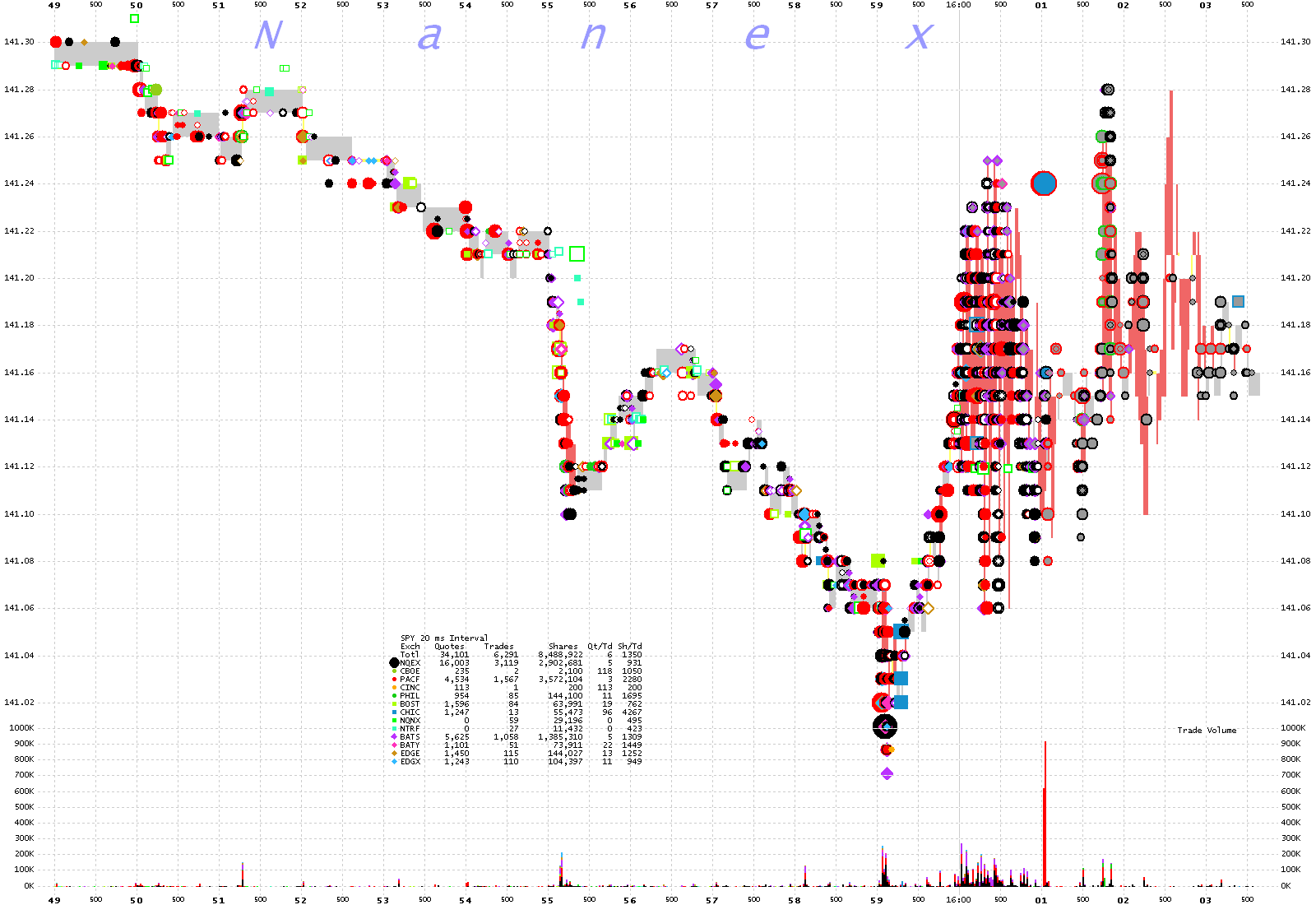
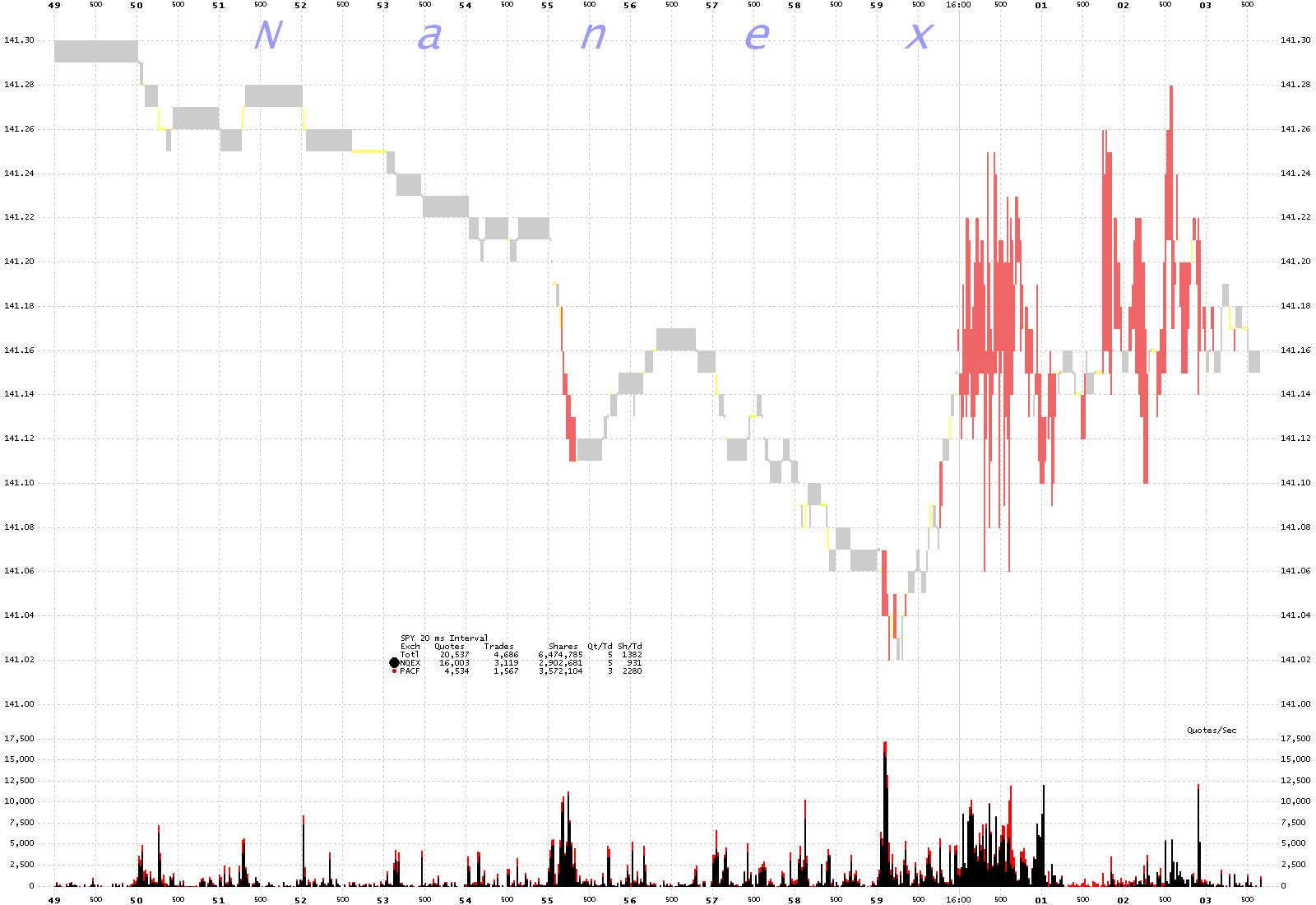
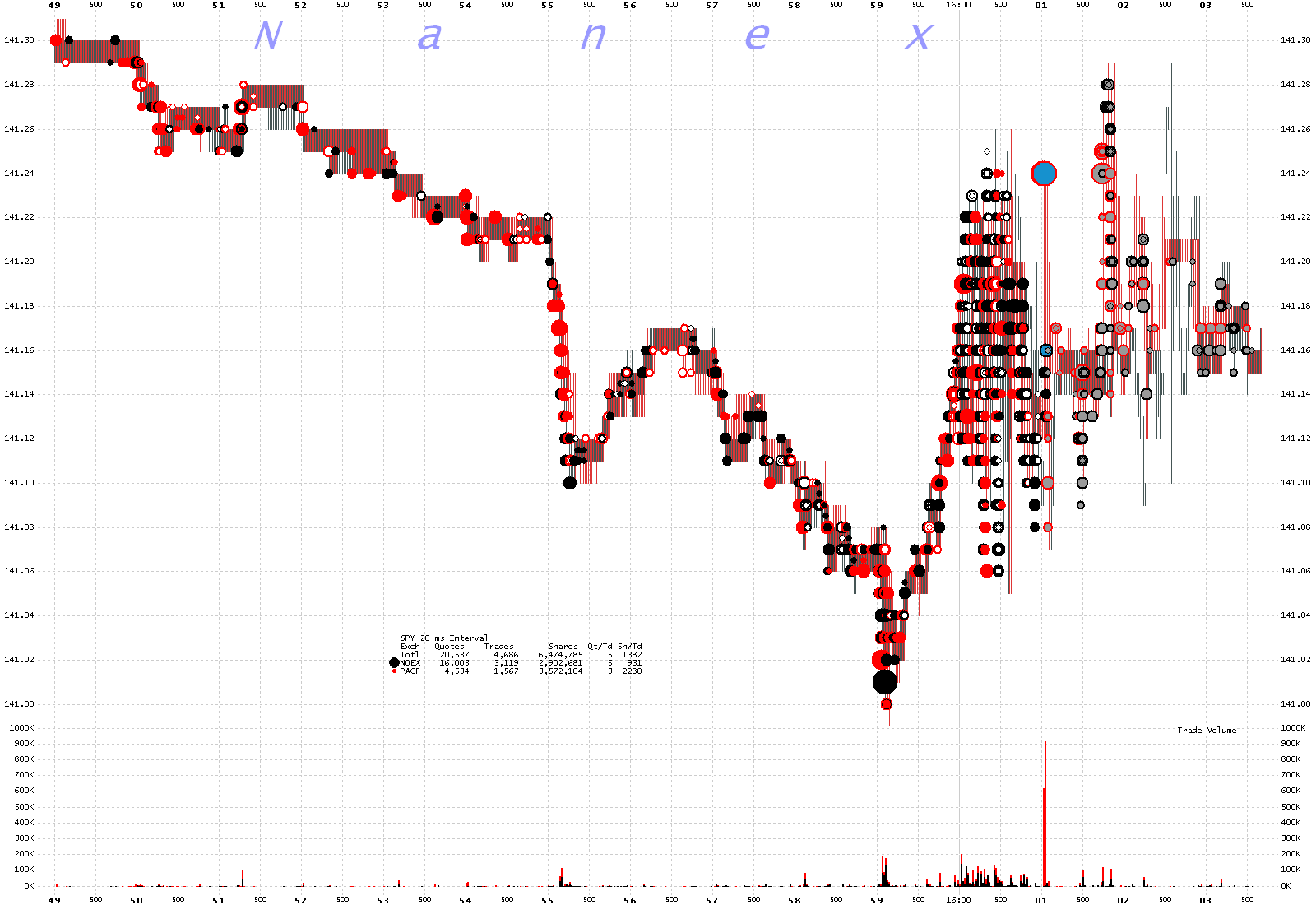
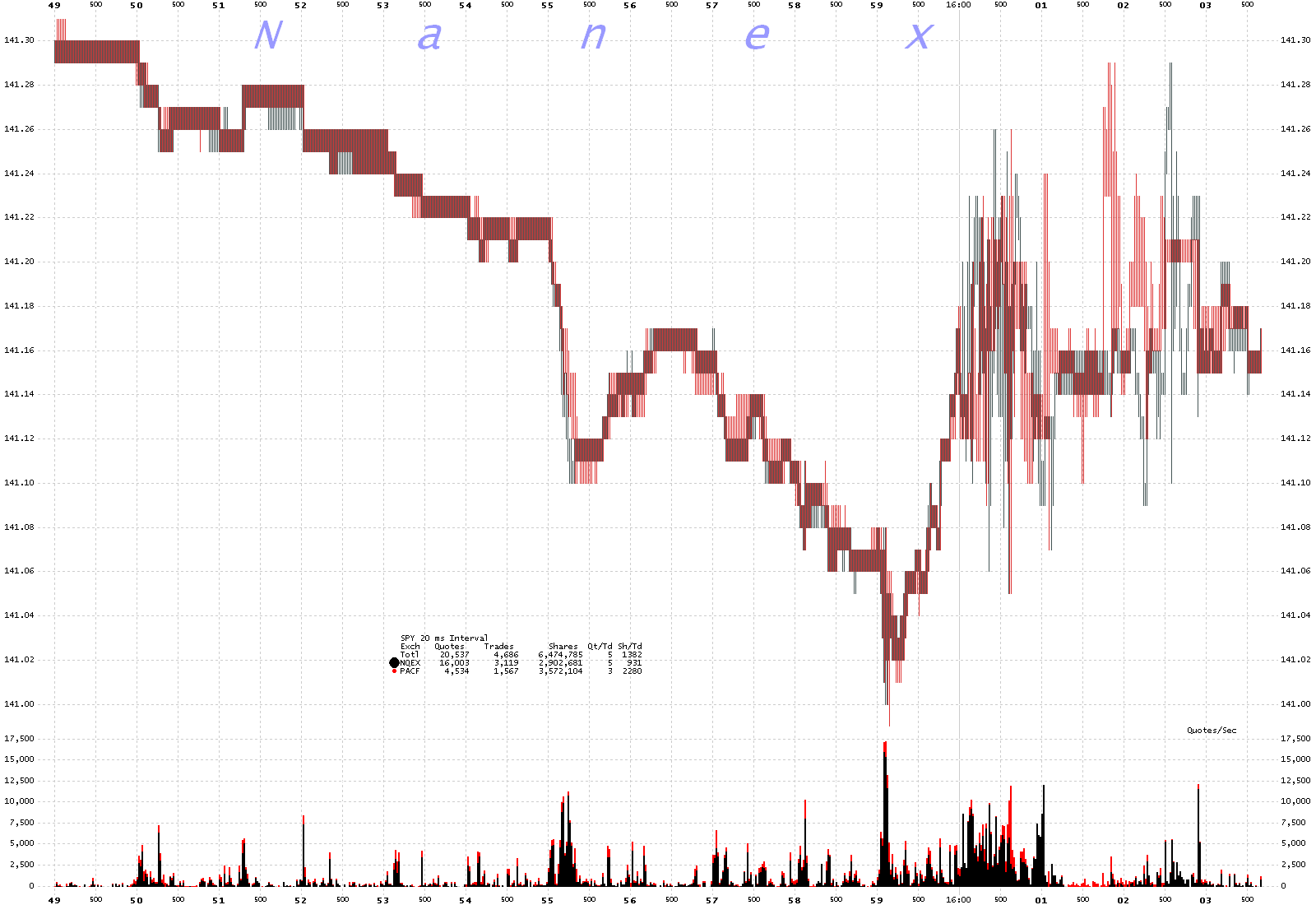
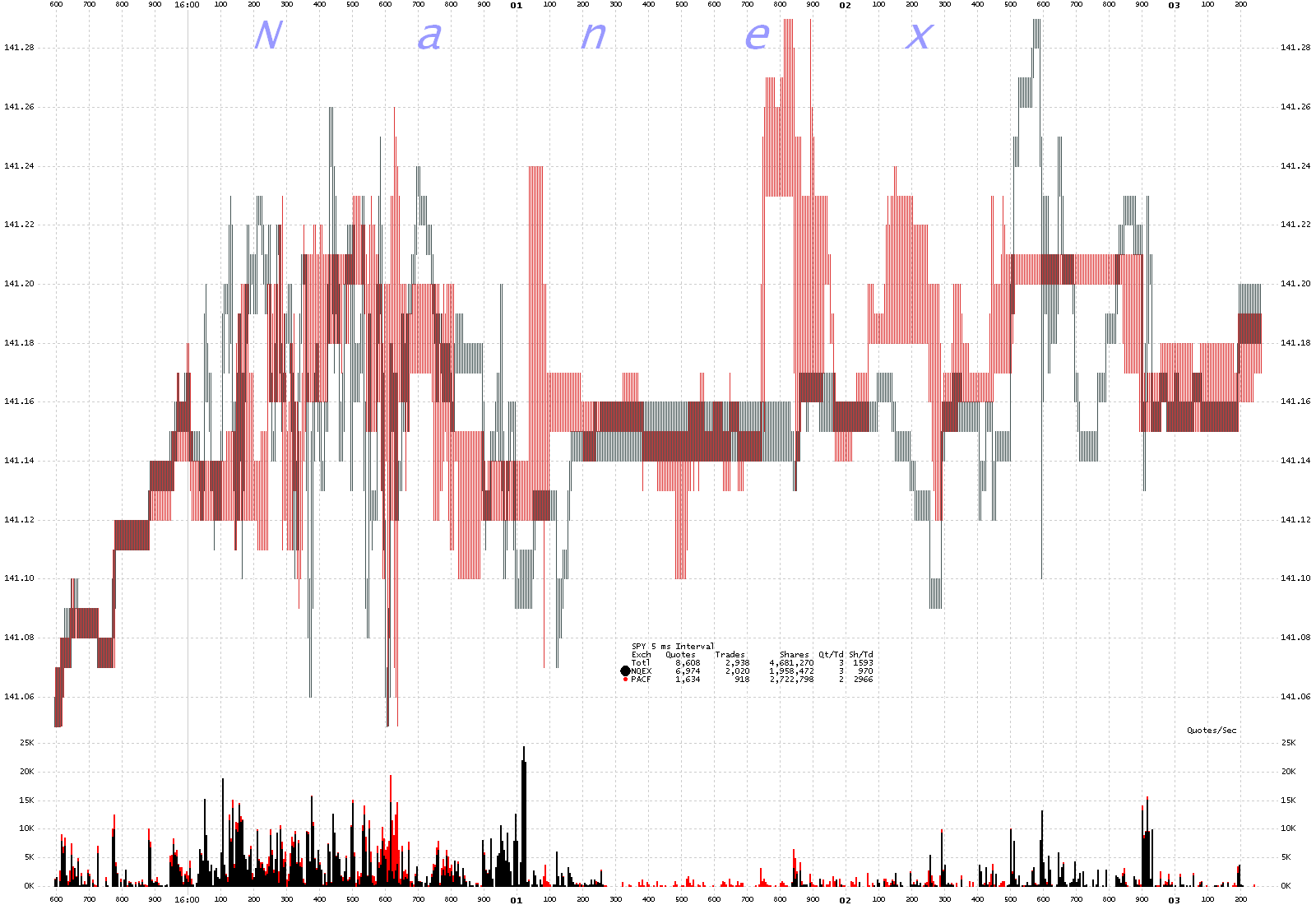
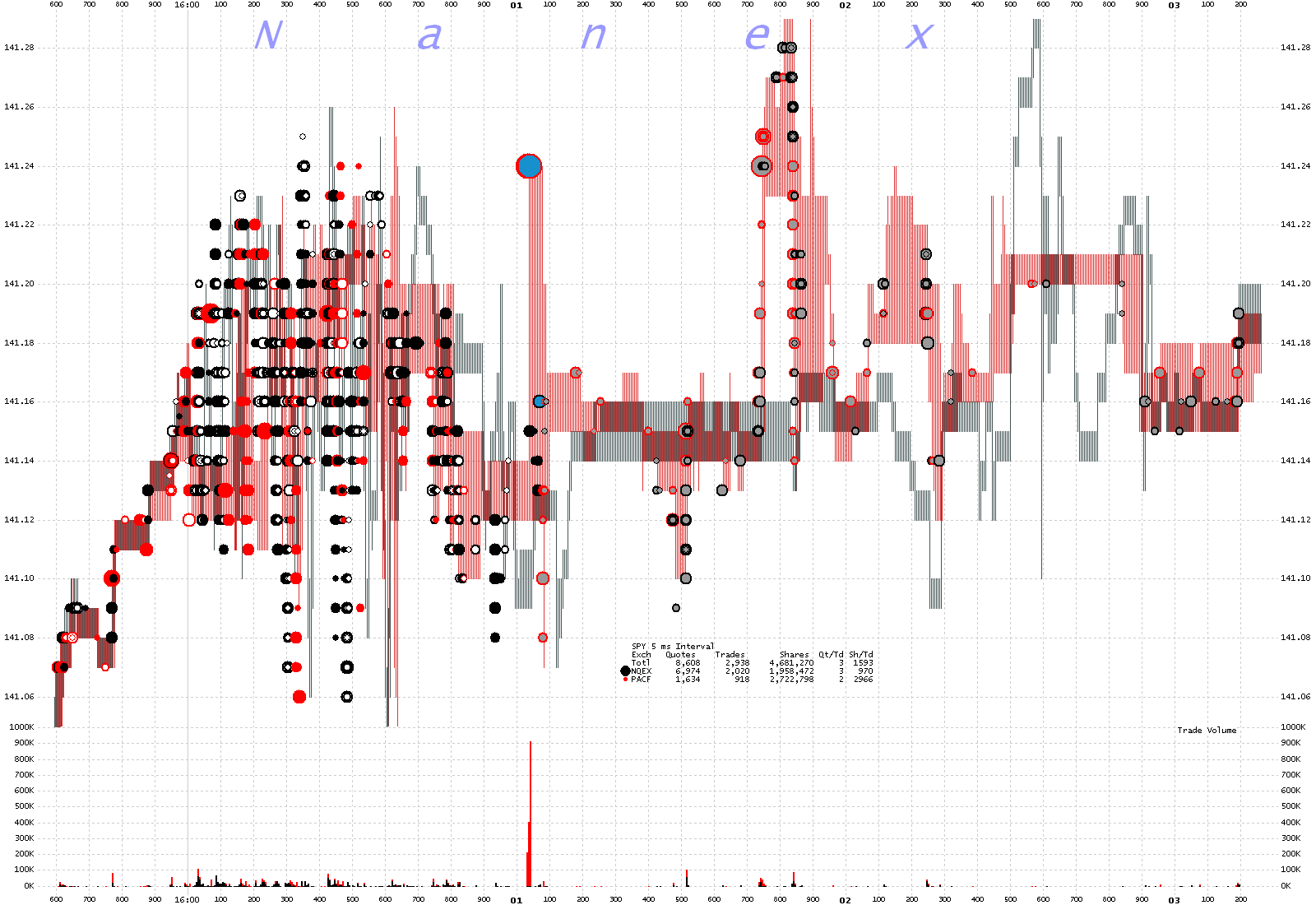
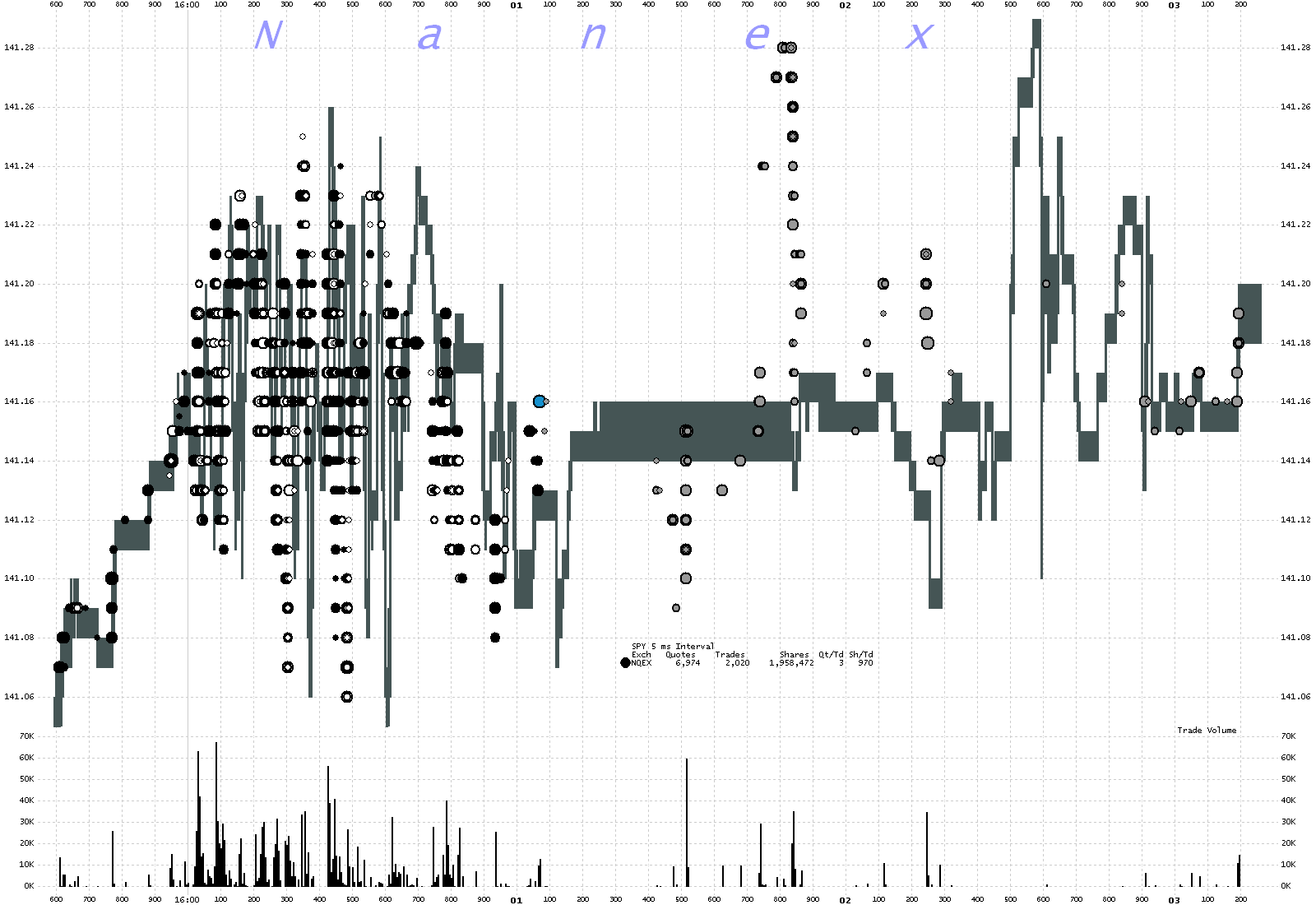
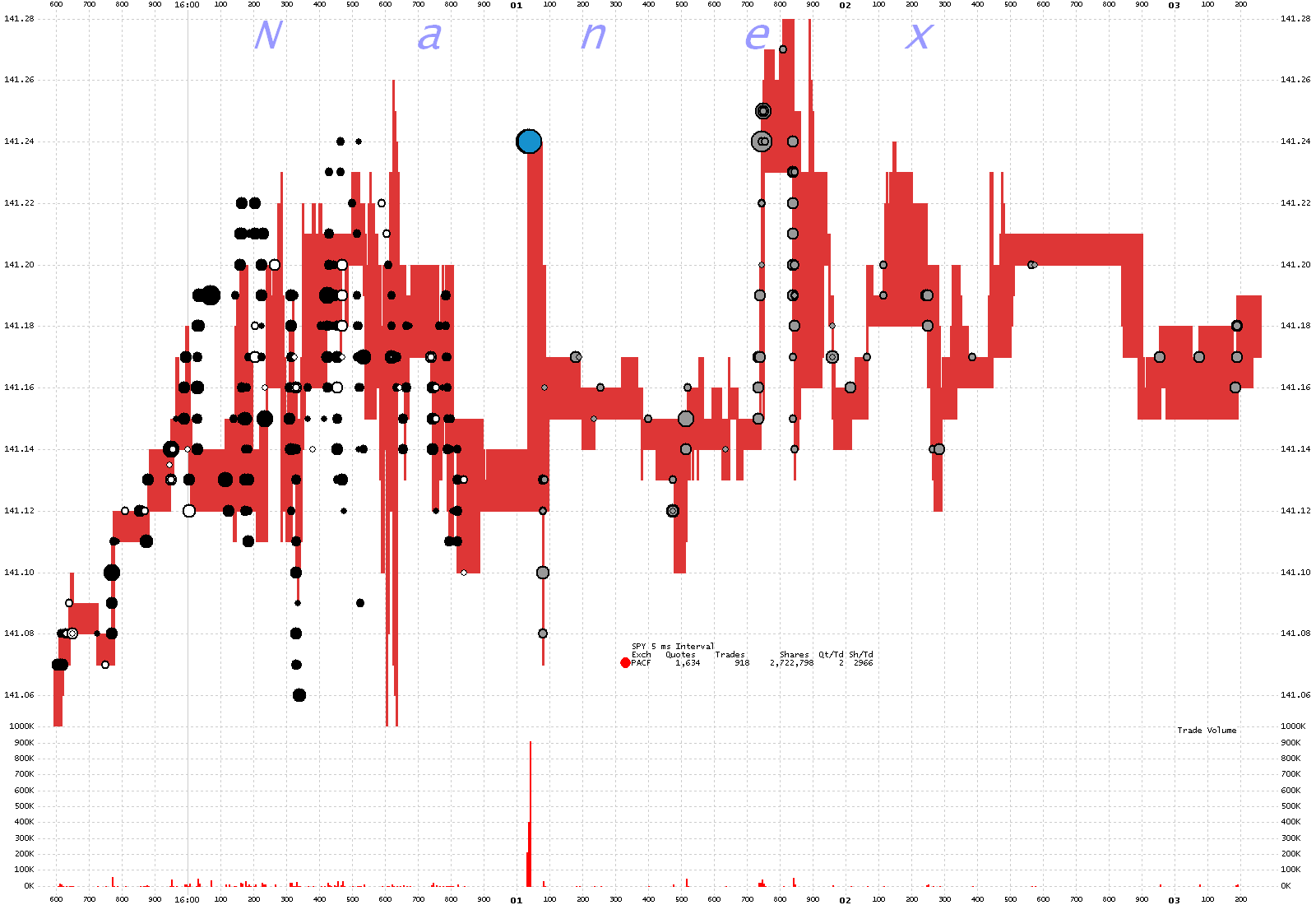
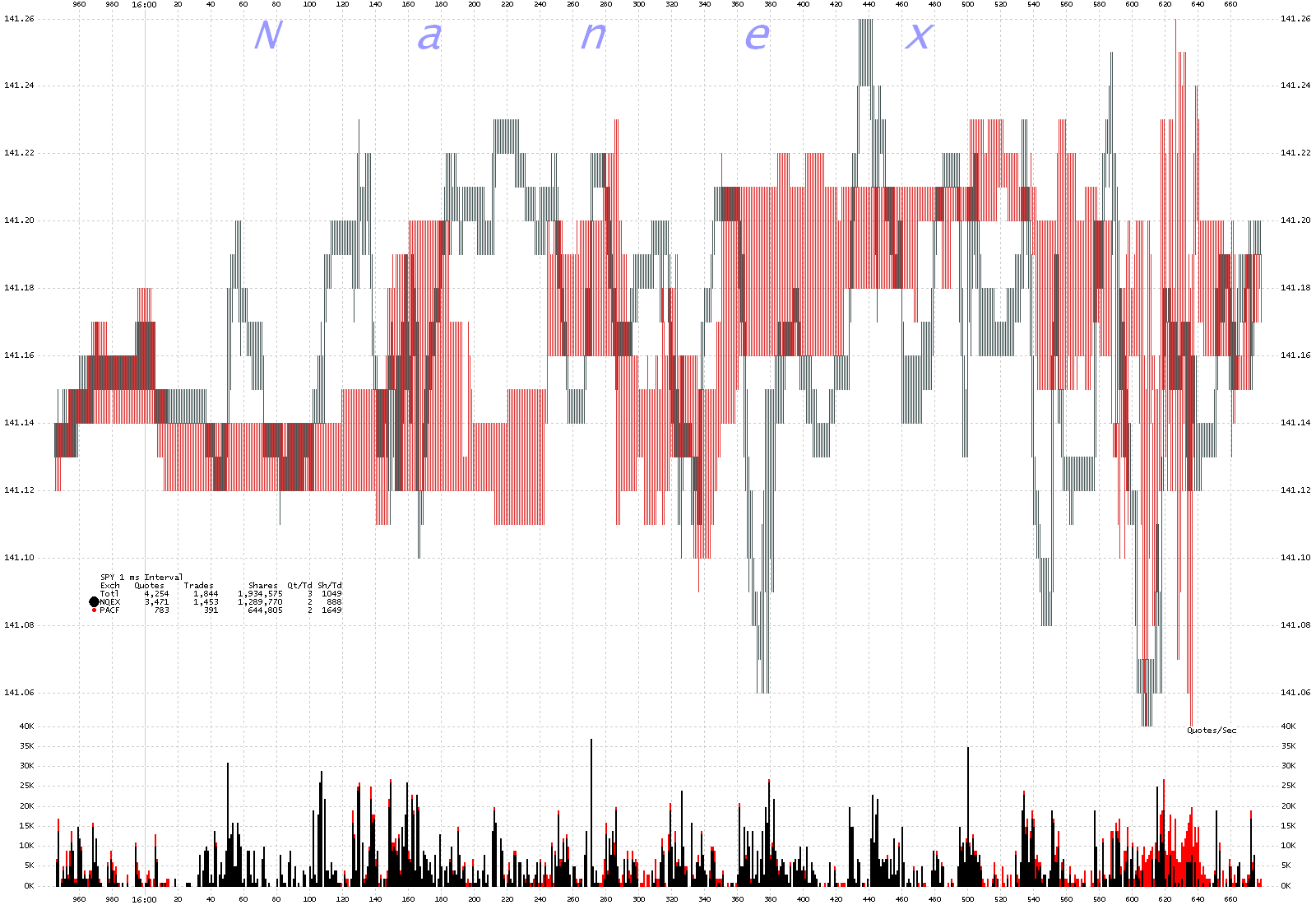
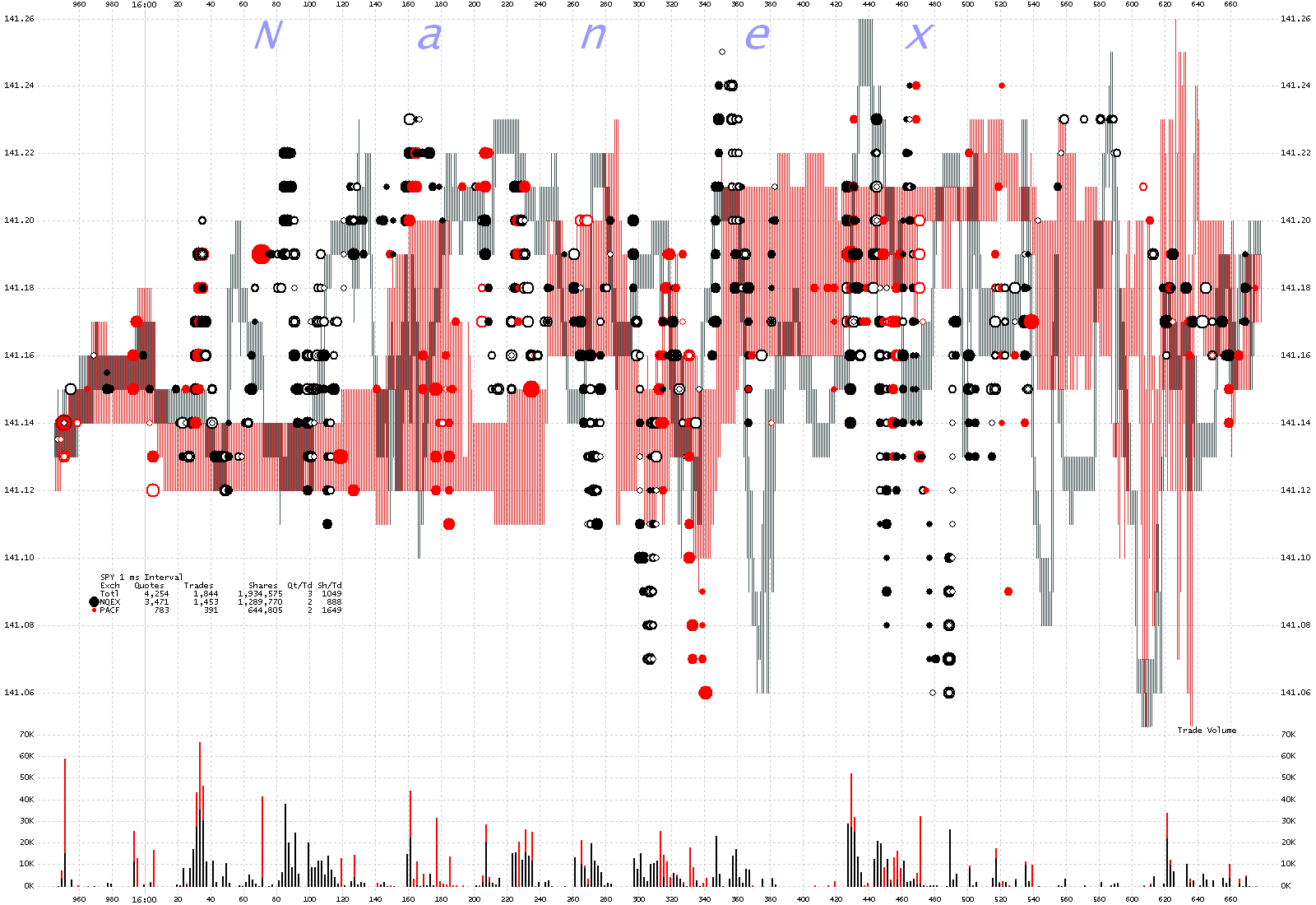
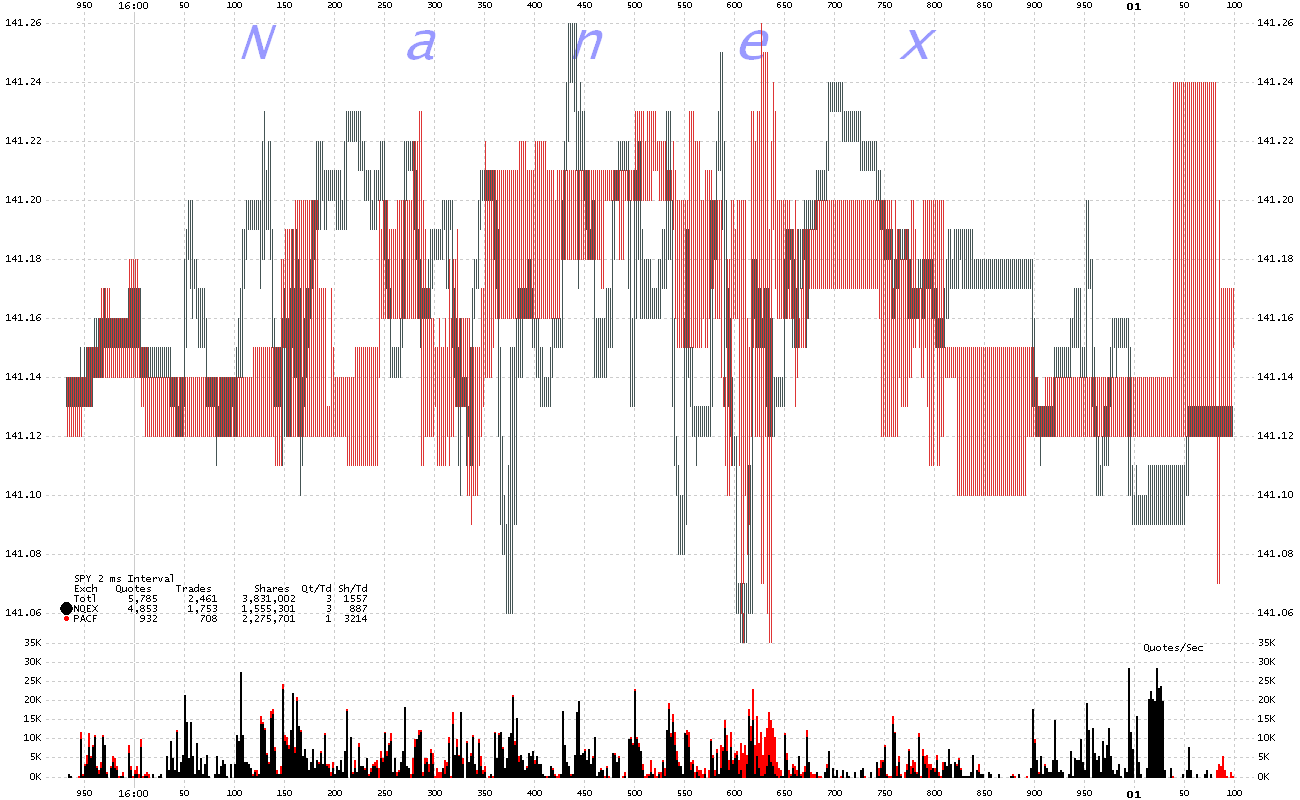
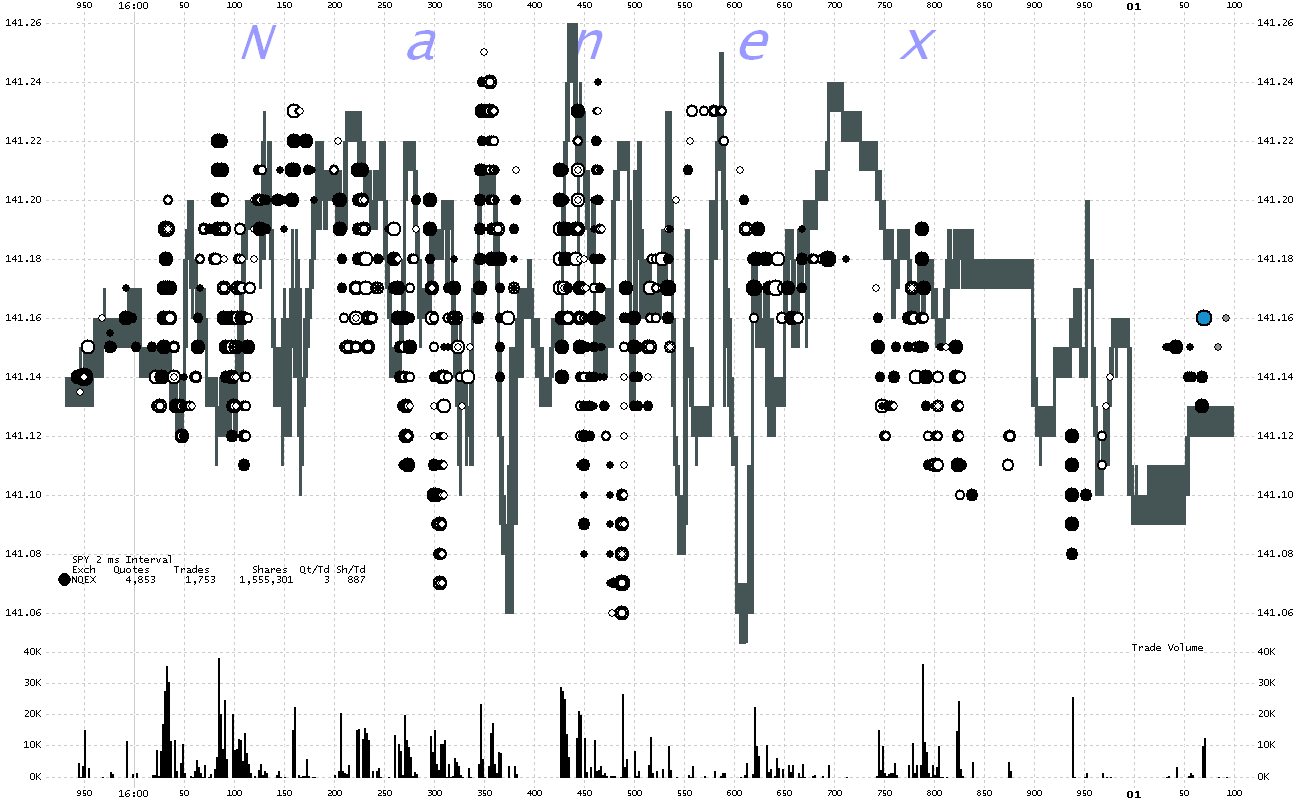
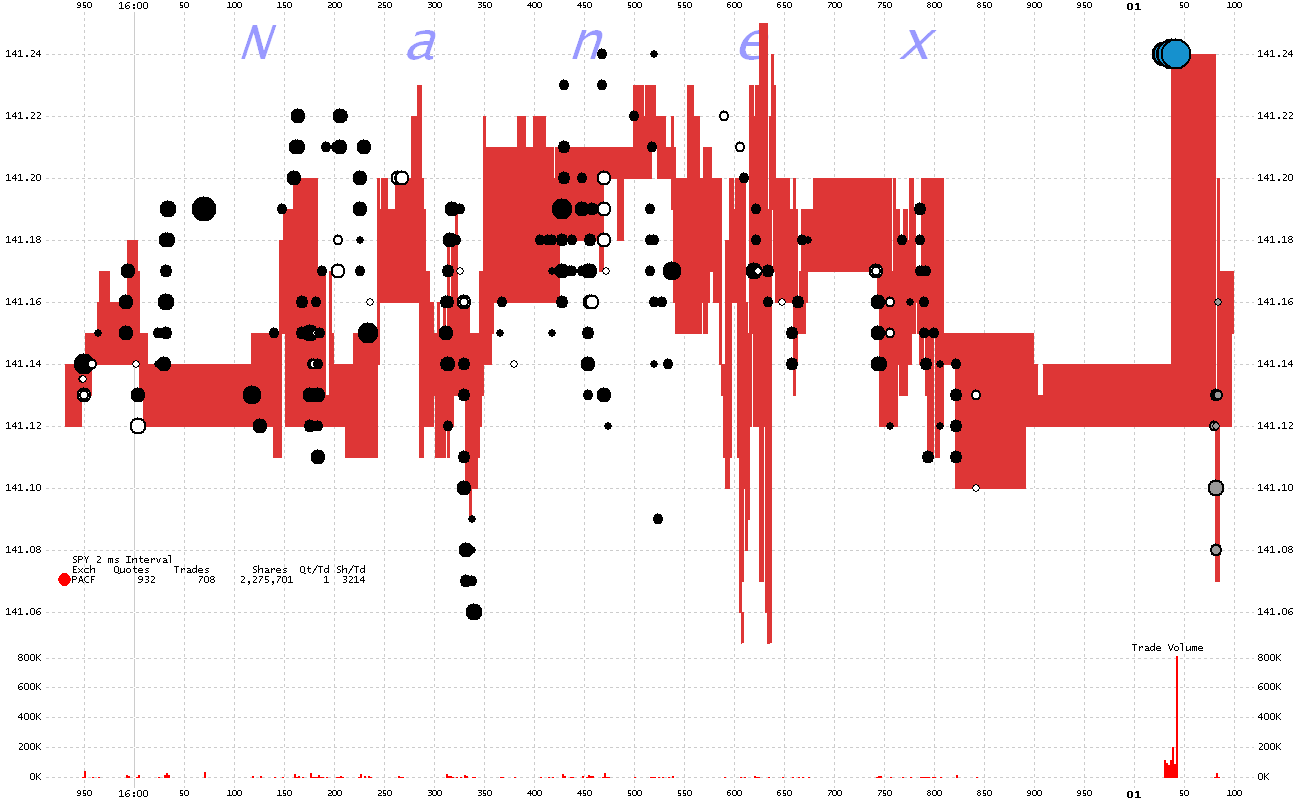









No comments:
Post a Comment